EUROCLASS : New generation of Fire Tests , in the framework of the Construction Product Regulaiton
Euroclass: New Reaction to Fire Tests dedicated to building materials
The CE marking is the new European standard for building products
The CE marking is in the convergence of regulations and national technical standards. It is the guarantee, now mandatory, that your products meet the construction requirements of one or more European directives. The CE marking is going to open the market access of all the EU member countries.
However, it is important to note that each EU member keeps its autonomy to set acceptation criteria for the standards at the national scale.
Each product has to respect a conformity acceptation level. There are 6 levels defined in the decrees which condition the task repartition between the manufacturer and the notified body: from the material declaration to the production control.
Basic Requirements
1. Mechanical resistance and stabilit
2. Safety in the case of fire
3. Hygiene, health and the environment
4. Safety in use
5. Protection against noise
6. Energy economy and heat retention
7. Sustainable use of natural ressources
Attestation levels
Level 1 : Product certification
Level 1+ : Tests on products taken in plant or in the market
Level 2 : Initial inspection of the plant production
Level 2+ : Continuous surveillance of the production
Level 3 : Initial type testing by a notified body
Level 4 : Manufacturer self-declaration
Reaction to fire of building systems : What are the changes linked to the new European regulation?
The publication at the 9 march 2011 Official Journal of the new European regulation of the building products (RPC) will cause, from July 2013, concrete modifications in the building material requirements.
Indeed, the RPC transposes the European Technical Approval (ETA) and the European Technical Evaluation (ETE).
Moreover, the European regulation of the building products imposes the manufacturer to realize a performance declaration which will allow the CE marking if there is an existing harmonized standard in which one the material can be classified or if the product meet the requirements of an ETE asked by the manufacturer.
With the idea of always increasing the quality of our service and to be more and more complete in what we offer, the CREPIM team will accompany you in the identification and the realization of the tests which will open the market to you.
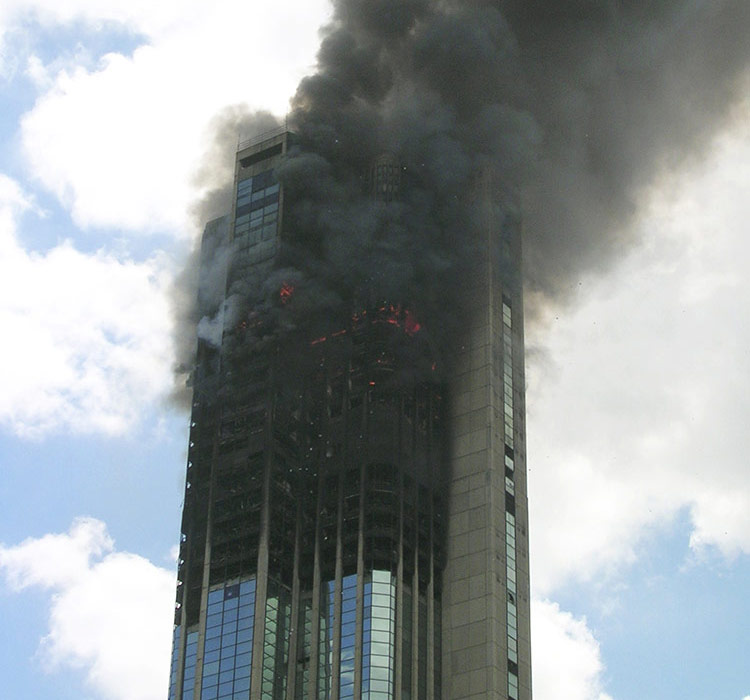
Are you concerned by the CE labelling? Which tests and which requirements? Do you need an ETE ?
The CREPIM offers a personalized analysis of your need to deliver the good product to the good market.
Reaction to fire classification - EN 13 501-1 - EUROCLASS -
The Euroclass system aim is to assess a material contribution to a fire with 5 reaction to fire tests. The concerned building products are, for instance, wall and floor coverings, paints, varnishes, isolation products, etc.
The M classification (the French fire test) will consequently be replaced by the Euroclass classification from A1, A2, B to F (for the floor covering, the notation is from A1FL, A2FL, BFL to FFL, and for the thermal isolation product with a linear behavior, the notation is from A1L to FL) for all the products under a harmonized standard or an ETE. Furthermore, the smoke production, (s1, s2, s3) and the production of burning droplets will now be a part of the final classification.
The Euroclass fire tests simulate three levels of thermic solicitation: a localized little flame attack (E to B classification), solicitation by a burning item (D to A2 classification) and a fire completely developed in a room (A2 and A1 classifications).
CREPIM can from now, assess your products with this new standard, accompany you in the understanding of the key parameters and in the material selection.
The product development with CREPIM
The SBI test, which is the main fire test used to determine the material reaction to fire behavior according to Euroclass, is justified each time that a building material has to be qualified. However, its high cost (logistic variable costs, high dimension specimens…) and its lack of flexibility do not fit the product development or the quality assessment. That is why CREPIM, faithful to its industries support in their technologic development logic, offers you alternative orientation solutions for the SBI test with the calorimeter cone (smaller scale) and its numeric simulations.
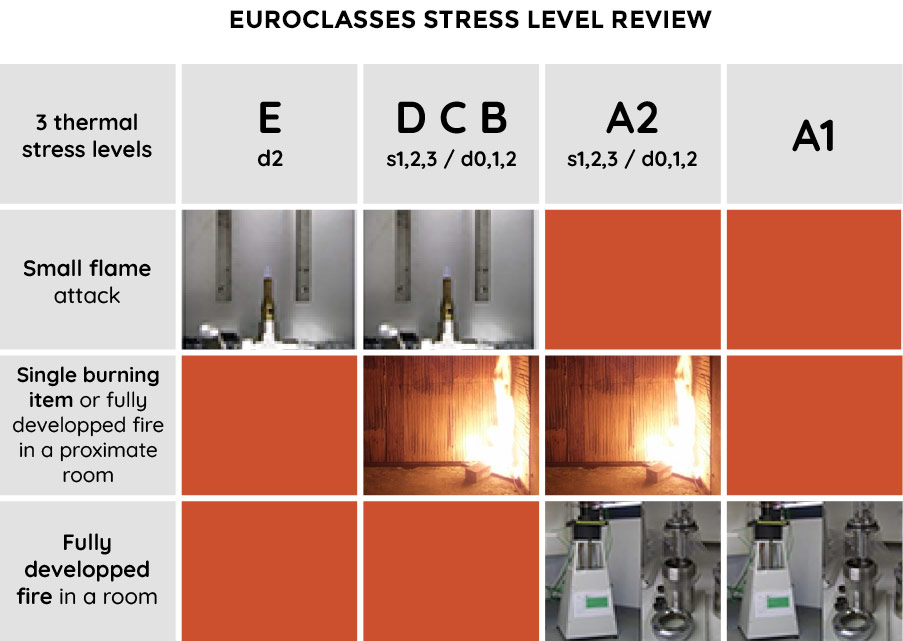
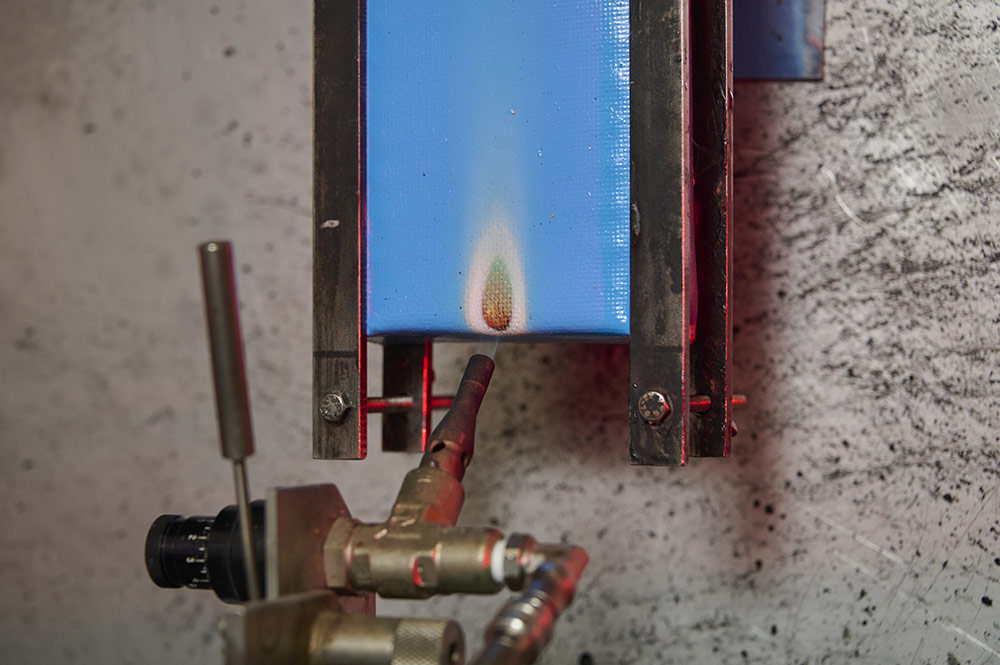
Small Flame Test: NF EN ISO 11925-2
The building product allumability is assessed thanks to a little flame applied on the vertical sample.
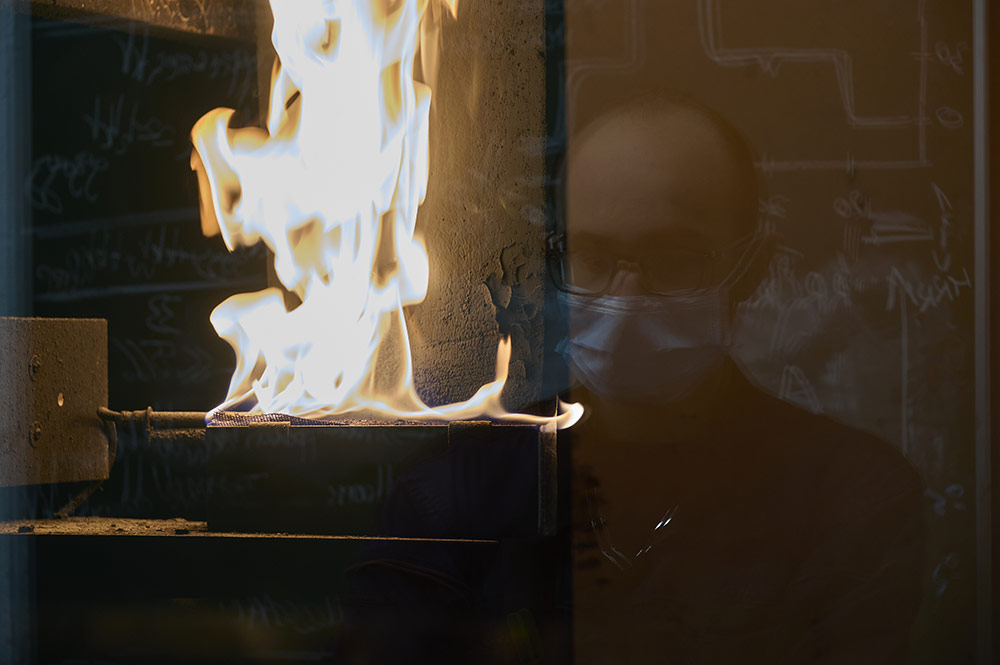
Single Burning Item Test (SBI): NF EN 13823 fire test
The aim of this fire test is to measure building product performances when exposed to a thermic solicitation caused by a single burning item through the calorific flow, the flame front propagation, and the smoke development rate.
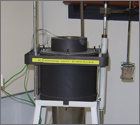
Incombustibility test: NF EN ISO 1182
The homogeneous and heterogeneous building product incombustibility performance can be determined in specific conditions.
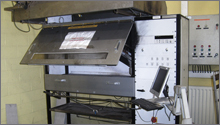
Floor covering test: NF EN ISO 9239-1
The radiant panel floor test is the reaction to fire test dedicated to the floor coverings, in substitution to the SBI test. The aim is to assess the fire behavior, the flame propagation and the smoke development when exposed to a gradient energetic flow.
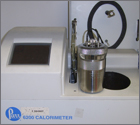
Combustion Heat Determination: NF EN ISO 1716
The test with the calorimetric bomb allows the determination of the energy generated by the combustion of the building products: the higher heating value at a constant volume and the net calorific value.

